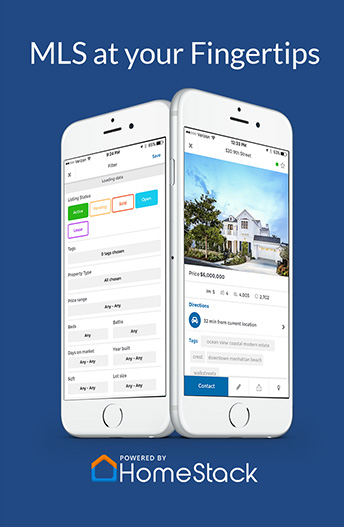
With high demand, mortgage fraud has climbed 12.4 percent year over year in the second quarter of 2018, and about one out of every 109 mortgage applications has been found to contain false or misleading information, according to real estate data firm CoreLogic. “Because home prices are rising and demand is strong, most mortgage fraud in this type of market is motivated by bona fide borrowers trying to qualify for a mortgage,” says Bridget Berg, CoreLogic’s principle of fraud solutions strategy. “Undisclosed real estate liabilities, credit repair, questionable down payment sources, and income falsification are the most likely misrepresentations.” These increases show a sort of desperation for some homebuyers.
Mortgage fraud is most common with loan-to-value ratios of 80 percent or less, according to CoreLogic. Meaning borrowers who need a large loan and less of a down paymeny; usually meaning they are financially stretching themselves out. These cases are most common because buyers have an incentive to commit fraud. The metro areas with the highest increases of fraud risk year over year are Oklahoma City; El Paso, Texas; Springfield, Mass.; Albuquerque, N.M.; and Spokane, Wash. Overall, the states with the highest incidences of mortgage fraud are New York, New Jersey, and Florida, according to the report.
CoreLogic identifies the following as the most common types of mortgage fraud:
Income fraud: An applicant misrepresents the existence, continuance, source, or amount of their income. This is the most common type of fraud.
Transaction fraud: The applicant misrepresents the nature of the transaction, such as an undisclosed agreement between parties, falsified down payments, non-arm’s-length sale, or use of a straw buyer.
Occupancy fraud: An applicant deliberately misstates the intended use of a property as a primary or secondary residence or an investment.
Undisclosed real estate debt: An applicant fails to disclose additional real estate debt or previous foreclosures.
Property fraud: An applicant intentionally falsifies information about a property or its value.
Identity fraud: An applicant alters their identity or credit history, or uses a false identity.
The most substantial uptick—22 percent—was in income fraud over the past 12 months, according to CoreLogic. Massachusetts, Colorado, Utah, Nevada, and Kansas have seen the most significant increases in income fraud over the past year, according to the report.


